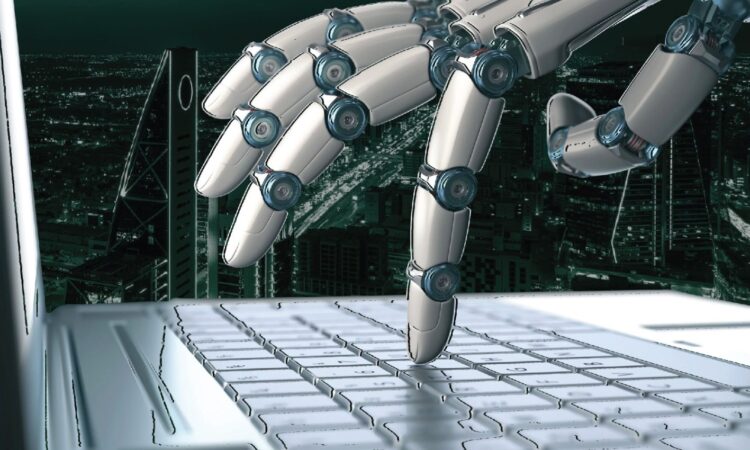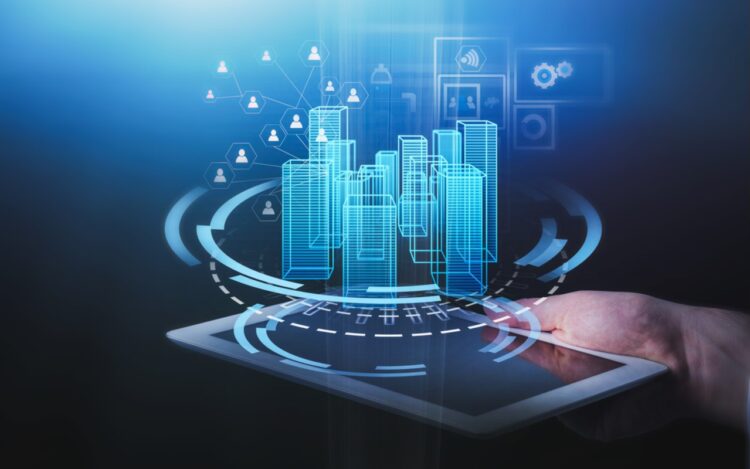The digital world is developing at a breakneck pace. The question for businesses is no more if they will digitalize their work environment, however, when and how they will stay up with and adapt to ever-changing technology. Investing in cutting-edge building technology assists business owners in facilitating digital transitions and staying ahead of the competition.
Modernizing your present procedures has real-world applications and advantages. And, if you want to keep your construction firm competitive, you’ll need to discover methods to incorporate new techniques into your strategy and operations. Read on to learn more about these technologies.
1. Switchgears
A switchgear system is made up of electrical disconnection switches, fuses, or circuit breakers that are used to regulate, safeguard, and isolate electrical appliances. Switchgear should be used to de-energize electronics so that maintenance may be done as well as to remove problems downstream. This sort of equipment is closely related to the dependability of the power supply.
Safeguarding, which is the stoppage of short-circuiting and overloading fault currents while preserving service to undamaged circuits, is one of the fundamental purposes of switchgear. Switchgear also isolates circuits from the power supply. Switchgear is also used to improve system dependability by allowing many sources to supply a load at the same time.
If you are in the market to purchase one or more of these implements, contact large, small, or medium voltage switchgear manufacturers like Liyond for the best deals in the business. Also, consider looking into connectors and cable manufacturers for your electrical needs.
2. Big Data

Big data refers to extraordinarily big data sets that may be utilized to find hidden trends, tendencies in behaviour, and unknown relationships to make better business choices and serve as the foundation for machine intelligence and automation systems. This information is obtained through Online research and services, mobile phones, digital photographs, social media, and a variety of other modern digital instruments.
What is this data used for:
- Big data from the past may be analyzed to identify trends and the likelihood of building dangers.
- To establish the best phasing of building operations, data analysis from weather, traffic, and neighbourhood and business activity may be analyzed.
- Sensor information from equipment used on construction sites to display active and idle time may be analyzed to make assumptions about the optimal mix of purchasing and renting such machinery, as well as how to utilize fuel most properly to save costs and environmental impact.
- Geolocation of machinery also provides for enhanced logistics, the availability of replacement parts when needed, and the avoidance of downtime.
3. Artificial Intelligence
Artificial intelligence (AI) is the capacity of a technology to simulate humans, and machine learning is a branch of AI in which statistical measures are used to give computers the capacity to learn from information without being specifically programmed. This technology is currently accessible for use today, and it is helping to progress construction methods by allowing the sector to benefit from enhanced advantages in cost and speed.
AI and ML are used in construction for a variety of reasons;
- Machine learning may be used to investigate multiple solutions and provide design options.
- Using AI-powered automation to handle extremely repetitive jobs might boost productivity and safety dramatically.
- Using previous data, AI can forecast huge costs and realistic timetables, as well as enable workers to access knowledge and training material more quickly to cut onboarding delays.
- Productivity gains – AI may be utilized to power machinery that performs repetitive activities.
- Increased safety — With the use of AI, locations may be examined for safety risks, to determine if a person is wearing the proper PPE, or by utilizing geo-location to detect dangerous places and a worker.
4. Internet of Things

The Internet of Things (IoT) is already a fundamental part of construction equipment, and it is drastically changing the way it works. IoT is comprised of sensors and devices that exchange data and can be operated from a single platform. This has tremendous consequences since it means that a fresh smarter, better efficiency, and safer style of working is now quite conceivable.
What does this signify for the building industry?
- Smart equipment may be used to execute repetitive activities but can also be intelligent enough to sustain itself using a sensor, obtain itself more, and increase efficiency and production.
- Footfall may be recorded on-site, and apps can be used to appoint and check-in and out employees, minimizing paper-intensive chores and saving vast amounts of time.
- Increased safety — by employing geolocation, dangerous locations on a building site may be recognized, and smart technology can inform any workers who enter the area.
- The adoption of smart technology may significantly minimize a development’s carbon impact. By installing sensors in cars that turn off the motors when they are idle, or by monitoring waste and utilizing that data to improve the design of construction to minimize transit across sites.
The Bottom Line
Investing in cutting-edge building technology is unquestionably a wise business decision. The aim is to identify the technological instruments that can assist you in reaching your company’s objectives. Consider reading more on business and technology, and how they are interrelated, to assist in the integration of the same.
As previously said, using a data-gathering app is an excellent location to begin your digital transformation. It has a low initial cost and a high ROI potential. With that said, use data to your advantage, all the best!












